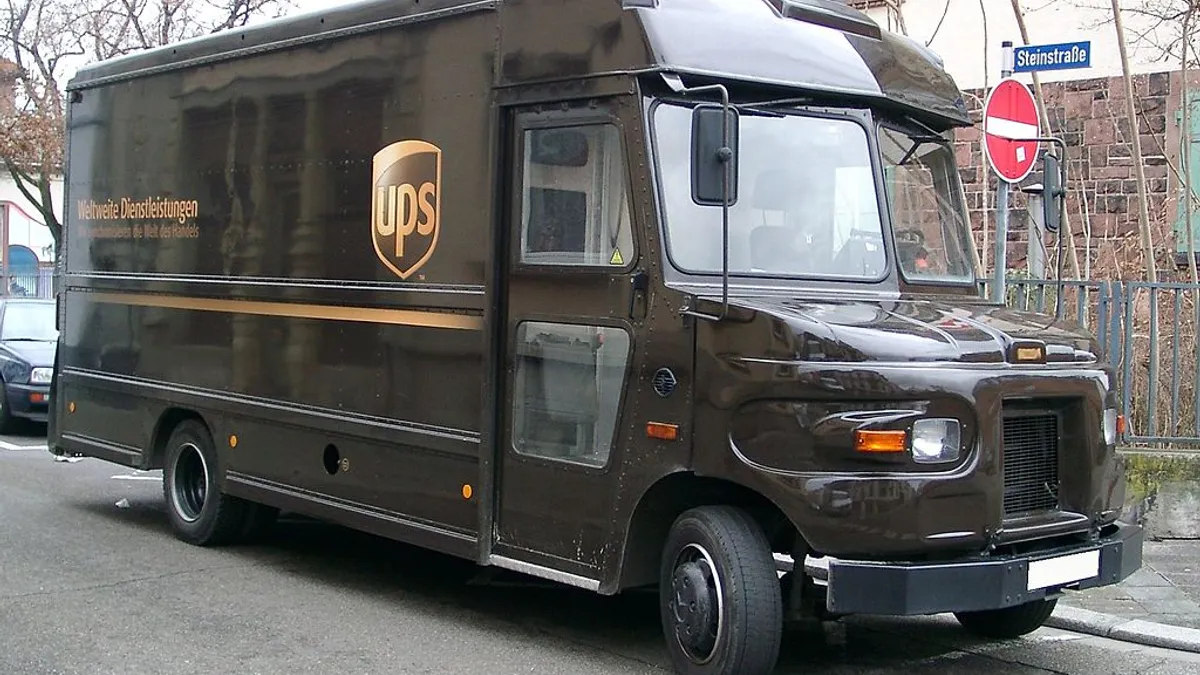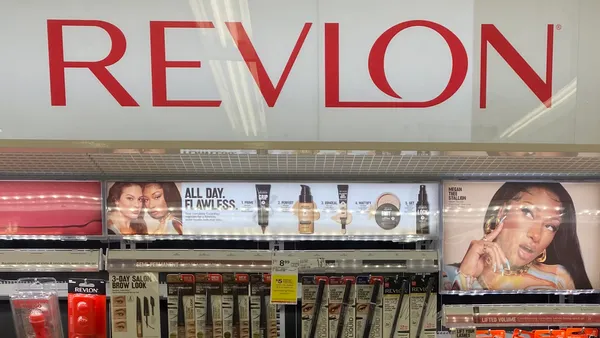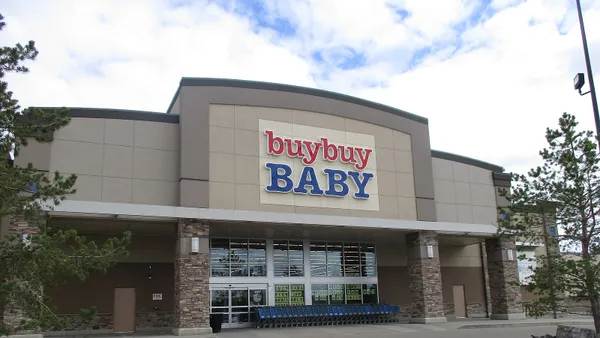Dive Brief:
-
UPS tested a delivery drone that launches from the top of a specially designed package car, autonomously delivers a shipment to a home and then returns to the vehicle while the driver continues along the route to make additional deliveries.
-
The UPS test was conducted Monday in Lithia, FL using a drone and package delivery vehicle both developed by Workhorse Group, a Loveland, OH company that has been selling electric and battery-powered commercial vehicles for several years and has been testing its HorseFly UAV delivery drone system since at least early 2016.
-
The battery-powered HorseFly octocopter can carry a package weighing up to 10 pounds, can fly for up to 30 minutes and can recharge its power supply while docked on the roof of a package delivery vehicle. When it's docked, a cage suspended beneath the drone and extended through a hatch into the truck allows a UPS driver to load a package into the cage and press a button on a touchscreen to send the drone on a preset autonomous route to an address.
Dive Insight:
The idea of delivery drones mounted on the roof of a delivery truck is not completely news, as Mercedes-Benz and Matternet talked up a similar idea last fall. It's not even the first drone delivery test UPS has been involved with, as it worked with CyPhy last fall to delivery medical supplies via drone, and has been dabbling in drone research since at least 2013. Still, this latest test is more evidence suggesting that progress developing and testing delivery drones and application schemes has not been completely foiled by the lack of federal regulations specifically addressing drone delivery.
It has become abundantly clear that drone delivery will not change retail fulfillment and logistics overnight. Gartner research recently pointed out that drone delivery will only represent a small percentage of the larger commercial drone market by 2021. This is partly because of the regulatory delay, but also because the companies involved still need to perfect the technology and supporting architectures to make sure they are both efficient and safe. To wit, TechCrunch noted in a story on this test that it faced an unexpected glitch in which a drone was unable to dock correctly upon its return to the delivery vehicle.
That is part of the reason these tests are so important, and why we are likely to see more of them. For UPS's part, the company also wants to get a sense of how drone delivery systems can fit in with its broader-scope route management efforts. While this week's test was entirely dependent on preset routing details put into the drone by Workhorse, in a real world scenario, UPS likely would want to use its proprietary On-Road Integrated Optimization and Navigation (ORION) routing software to map out and coordinate drone deliveries from the truck.
ORION was developed to help bring greater efficiency to how UPS carries out remote and rural deliveries, and delivery drones potentially could be a good fit within ORION's mission. “This test is different than anything we’ve done with drones so far," Mark Wallace, UPS senior vice president of global engineering and sustainability, noted in a statement. " It has implications for future deliveries, especially in rural locations where our package cars often have to travel miles to make a single delivery. Imagine a triangular delivery route where the stops are miles apart by road. Sending a drone from a package car to make just one of those deliveries can reduce costly miles driven. This is a big step toward bolstering efficiency in our network and reducing our emissions at the same time.”













